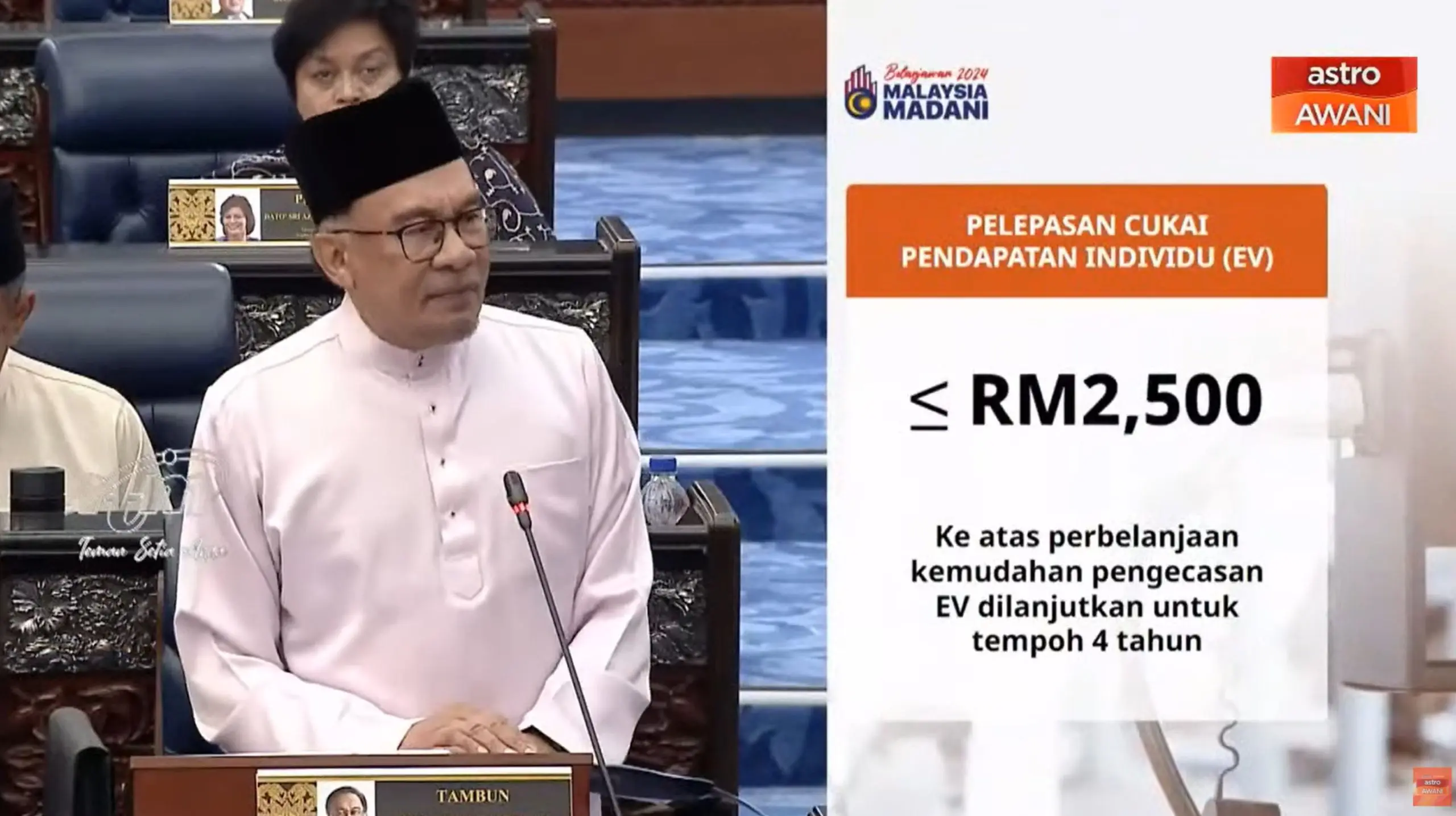Hann Liew
23rd July 2020 - 7 min read

For the past 3 months, most people in Malaysia (and Malaysian SMEs) who have existing bank loans have been enjoying the 6-month moratorium as announced in the government’s Covid-19 Prihatin economic stimulus package. The moratorium brought about widespread relief as the economic effects of Covid-19 saw unprecedented levels of retrenchments, salary cuts, and shutting down of businesses.
In recent weeks, there’s been an increase in the chorus of voices for extending the moratorium period, which was due to end on 30 September 2020. Some opined that it should be extended till the end of the year at least, while others called for potentially even longer deferments.
What was the moratorium for, and is it working?
The various xMCOs (MCO, EMCO, CMCO, and now RMCO) were very damaging for the economy of Malaysia, but the effect was particularly worse for small and medium businesses (SMEs) and households. Why? The fact that Malaysians are staying home and businesses have to adopt crowd-reducing SOPs have already resulted in businesses winding up (especially in the F&B, Tourism and Services sectors), retrenchments, and salary cuts.

(Image: Malay Mail)
To that end, one of the key thrusts of Prihatin was this 6-month automatic loan moratorium on home loans, personal loans, and hire purchases (i.e. car loans) with banks.
Here are a few statistics to explain why this was done in Malaysia:
- Household Debt to GDP was at 82.7% and Corporate Debt to GDP was at 99.7% as at end 2019. In itself this doesn’t really mean much other than it being a historically high number, meaning households are more in debt than ever.
- Household Median DSR (Debt Service Ratio) was at 32.7% as at early 2018. This means that almost a third of income was used to service debt repayments (installments etc.)
- Home loans, hire purchases, and personal loans account for 87% of all household debt (the remaining being credit cards and other financing options).
- 54% of Malaysians surveyed by RinggitPlus in 2019 said they can survive for less than 3 months with only their savings if they had no income.
This was an unprecedented move that was achieved by a combination of the Ministry of Finance (MOF) and Bank Negara Malaysia, but it was easy to see why. With jobs and incomes impacted very suddenly from March onwards due to the various xMCOs, something big needed to be done.

(Image: Malay Mail)
So, now that we’re in the second half of the moratorium, it’s worth checking if the main objectives of the loan moratorium have been met:
- RM51.4 billion worth of installments deferred (RM33.4bn Households, RM17.9bn Businesses). That’s RM51.4 billion in the hands of households and businesses rather than the banking system from April to June.
- Household deposit rates have increased by record figures of 17% year-on-year for April 2020 – indicating Malaysians are saving up more during this time, which will stand them in good stead when the moratorium eventually ends.
- According to BNM, Malaysia Bank Non-Performing-Loans (NPLs) have remained steady at 1.6% in May 2020 (close to historical lows) – this increasing was a fear from economists at the start of the MCO as businesses and household had incomes reduced.
From these data points, it does appear that the moratorium had achieved what it was intended for: quite literally preventing a collapse of the economy. Businesses managed to stay afloat, and Malaysians had extra cash on hand to put food on the table even when income streams were affected.
With September looming on the horizon, the question now on everyone’s lips is…
What comes next?

(Image: Malay Mail)
Some politicians, unionists, and consumer activists and have been asking for an outright automatic extension for a further 3-6 months until December or next year, on the basis that the situation has not changed much from 3 months ago (that is, limited economic activity due to MCOs, particularly hitting tourism and retail hard).
On the other side of the coin, more and more voices in the industry have express doubt that there will be an extension. The consensus from the majority of bankers and even BNM are that if people have issues after September 2020, they should contact their banks for R&R advice.
Unless either the MOF or BNM makes a specific announcement over the next couple of months, the automatic 6-month loan installment moratorium will officially end on 30 September 2020 for home loans, personal loans/financing, and hire purchase loans (i.e. car loans) with banks, and installment repayments will resume from 1 October onwards.
As of today, it appears both parties have not yet settled on a decision if an extension will be made especially given the social and economic implications. Word on the street is that even if an extension is done, it will be a “targeted” one aimed only to those who need it most. (Besides, even for those who can afford to pay their monthly loans, the low-OPR environment means you can’t “earn” more interest from FDs than interest accrued from the deferred loans!)
What can you do when the loan moratorium ends? Understanding R&R and how it helps you.

For most people who can manage it, don’t forget to restart your monthly repayments, as missed payments from October for those loans will negatively impact your credit health (and credit score). This will complicate things when you are seeking to apply for another credit product (loans, credit cards, etc) in the next 12 months.
For those who are expecting to struggle to resume their monthly repayments in October, most banks have already started communicating to customers to “speak to their bankers early on and do an R&R exercise”. R&R stands for Rescheduling and Restructuring, which is banker speak for figuring out a way to either reduce or delay your monthly installments (with interest charges of course) to avoid defaulting. Some ways to do “R&R” are:
- Extending your existing loan tenure and spread out your existing balances over a longer installment period. For example, if you pay RM1,000 in installment per month and have RM12,000 remaining over 12 months, at a 5% interest rate, you could extend this by another year and pay RM525 x 24 months = RM12,600.Note that you will end up paying a little more in total due to accrued interest, but if you foresee struggling to repay that RM1,000 monthly, this is better option than than outright missing payments and affecting your credit standing. Note the calculation here is an indication only (interest treatment is undoubtedly different from bank to bank).
- Debt Consolidation of high- and medium-interest loans into a lower interest (but not necessarily low) loan facility. For example, if you have existing credit card balances (which incurs 15-18% p.a. interest) or personal loans (incurring 7-10% p.a. flat interest), you could discuss with your bank which you have a home loan with to do a home loan top up (at 3-4% p.a. interest currently) and pay off all those debts with a fresh new one at lower interest, reducing monthly installments (and overall interest paid).
- Customised Personal Moratorium similar to that of the past 6 months, perhaps on a shorter time frame (even 1-2 months), but with accrued/compounded interest on those installment payments. Again, different banks will have different models for this, and will also vary for different customers (based on credit history).
- Combination of any of the 3 mechanisms above. So you could in theory, consolidate, extend and get a moratorium all at one go.
Next week: Why another “automatic” loan moratorium will do more harm than good for Malaysia
All things considered, I firmly believe that there should not be another “automatic” moratorium when the current one ends in September.
There are several reasons behind this, but there are many observations and other factors that indicates it will not be a good idea to extend this loan moratorium, and I will share my thoughts in next week’s column.









Comments (0)